The most violent and numerous gangs in the world

Organized crime exists in all countries of the world, even in the most prosperous ones. If someone reports no organized crime, it is most likely a lie—an overview of the world’s most violent and numerous gangs.
In some countries, gangs have grown so large that they can compete with state institutions and even the army.
The most violent and numerous gangs in the world
Mara Salvatrucha
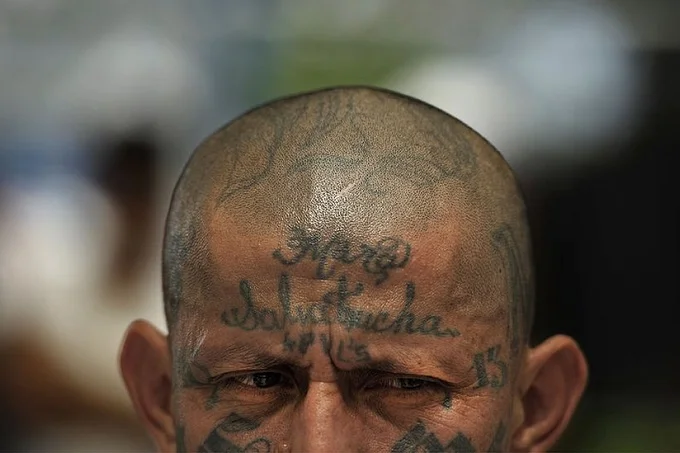
MS-13, or “Mara Salvatrucha”, translates to “Brigade of Salvadoran Ants,” and there are really a lot of them. So many that you can’t count. According to estimates of various special services – from 80 to 300 thousand. The fact is that many small gangs in both Americas swear allegiance to MS-13, while the top of “Mary” may never know about it.
Originally MS-13 was born as a social movement of Salvadoran expatriates in the United States to be able to fight back “18th Street”. At this point, I just want to say: “You should have followed evil and not joined it!” On the other hand, what else could result from the unification of several thousand young unemployed armed migrants? Only Mara Salvatrucha.
In the hope of winning with little blood, the US authorities in the 90s began to expel gang members back to their homeland, mainly to poor and war-torn El Salvador. This only played into the hands of “Mare”: young, fashionable and rich, by the standards of El Salvador, the bandits found fertile ground in their homeland to promote their interests. The number of “Ants” grew very quickly, and soon they spread throughout South America, sending an endless stream back to the United States.
Today, the gang has grown so much that it deliberately forms shock troops, sending fighters into the US military to gain experience and connections and even recruit new members. In addition, the cells are already active in the western world and may be the largest street gang in the world at the moment.
18th Street Gang
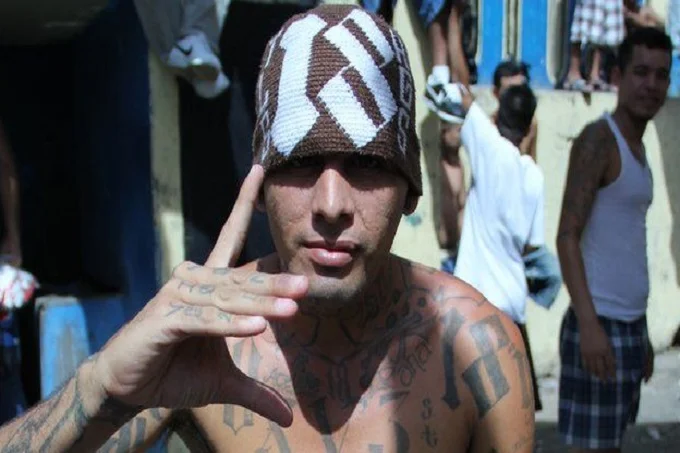
“18th Street” – a criminal group that arose in the suburbs of Los Angeles in the 60s of the 20th century, which consists of Hispanics. In the “city of fallen angels” alone, there are about 10,000 gang members, and their total number is estimated at no less than 30,000.
18th Street conducts criminal activities in 37 states and 11 countries in South and Central America. Of course, the main source of income is drug trafficking, but the overall range of activities is very wide. Here and illegal immigration, and contract killings, and extortion, and human trafficking, and theft/hijacking/arms trade – in general, these guys are not afraid of any work. Statistics show that 18th Street members commit at least one crime every day in Los Angeles. However, it takes into account only registered calls, that is, the real figure is probably much higher.
The Sinaloa Cartel

Mexican cartels are difficult to consider just gangs, and Sinaloa even more so. Nevertheless, they are technically criminal organizations, although economically and in terms of military power, they surpass some countries.
Sinaloa is the spiritual successor of the Medellin cause, who has learned the main lesson: it is not important how much “foolishness” you can produce, but what part of the border you control. The Joaquin Guzmán cartel controlled 60% of all drug trafficking in the United States. If translated into money, then we are talking about tens of billions of dollars annually.
Mexican authorities have seized nearly 600 of the cartel’s planes and helicopters – just a minute more than Mexico’s own fleet. The Sinaloa had at its disposal submarines, armored vehicles, and special units to deal with special units. The number of all members of the cartel is estimated at 150,000, their activities have gone far beyond the borders of the American continent.
Mungiki
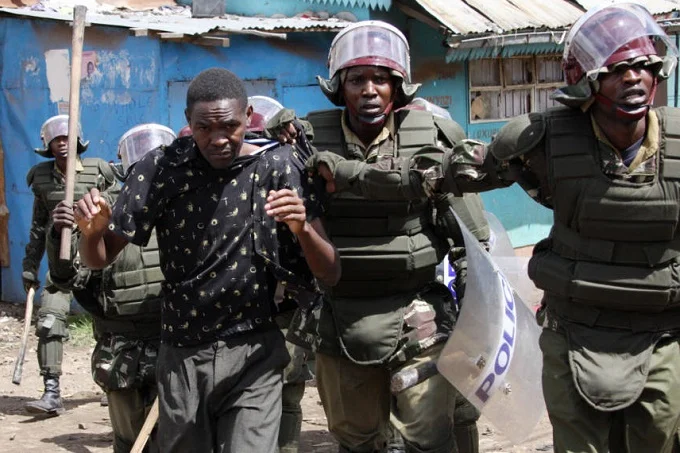
The name of the Kenyan gang “Mungiki” means “a united people” or “multitude” in the Kikuyu language. The uniqueness of the gang lies in the fact that it positions itself as a separate people, that is, it is a cross between a familiar gang and a sect. The exact number is unknown – from several tens of thousands to half a million.
The causes are classic: poverty, unemployment, youth, and mountains of arms. Initially, with the support of the population, the sect attempted to enter big politics and the government of Kenya, which allowed them to run for parliament. Maina Njenga, the leader of Mungiki, lost the election miserably but gained even more fame and an even greater influx of new members.
Then the racketeering began: first, transport companies and waste processing plants; then it came down to the slum dwellers, who had to pay a small tribute for the opportunity to live. In the case of single refusals, people were simply killed, and in the event of a general riot, the entire settlement was burned.
The Kenyan government outlawed the sect and began systematic extermination, several thousand a year. Such an inhumane way of struggle was very concerned about the UN – the Secretary-General insisted on finding a peaceful solution. With a sect of assassins.
Crips

The Crips, or “Cripples”, is another large US gang, estimated at 30-40 thousand people. Unlike the other two largest gangs in North America, it is not made up of Hispanics but blacks. However, it is also based in LA – everyone wants to live in California.
“Cripples” have an interesting entrance exam: if the applicant is a guy, then he must commit a crime in front of witnesses – in general, “smear himself”; with girls, the issue is resolved through the bed. This is not a joke: if a girl wants to join the Crips, she will have to sleep with one of the older members of the gang.
The name itself originated in 1971. The gang members attacked the elderly Japanese women, who then described the perpetrators as crippled because many of them were carrying walking sticks as weapons. And so it went: “cripples” – Crips.
14K
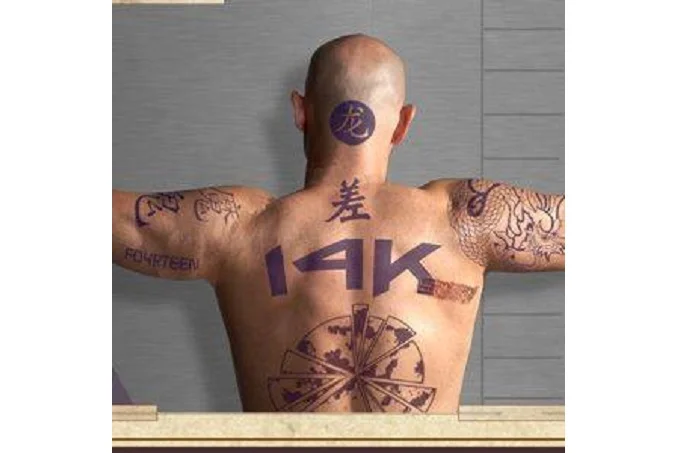
The most powerful triad of Hong Kong was formed in the 40s of the 20th century based on nationalists opposing the communist government of China. A large number of former military personnel with weapons and combat experience flocked to 14K. As a result, the gang very quickly became the dominant force in the city, taking control of the famous Kowloon fortress.
Today, the number of 14K is estimated at 15-20 thousand, the cells of this triad are present in many countries of the world – from Japan to Spain. The study of Chinese triads is made difficult by their closed nature. A simple example is the Far East. Quite a lot of Chinese live there, but they almost never become involved in high-profile criminal cases, do not appear in news reports. This is not at all because they are all exceptionally law-abiding people – they just solve questions and problems on their own and in their own way, not washing dirty linen in public.
Yamaguchi-Gumi
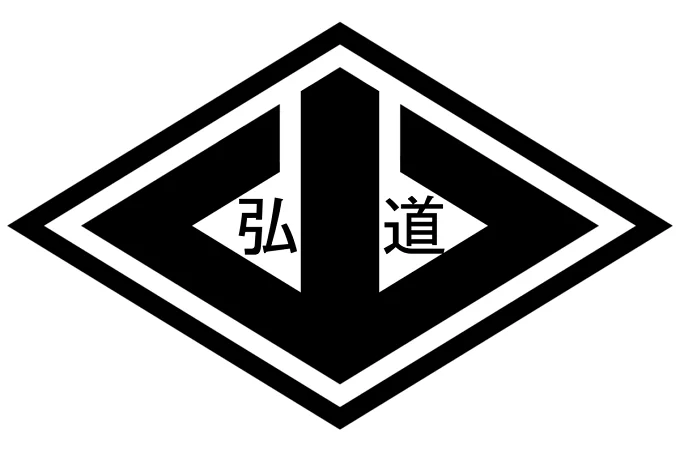
When it comes to crime, you can’t get away from the yakuza. Yamaguchi-Gumi is the most powerful and largest criminal group in the Japanese mafia. As in the case of the Chinese triads, the study of the yakuza is complicated by its closeness. The Yamaguchi-Gumi population is likely to be at least 200,000 worldwide, although it is ethnically composed primarily of Japanese, Chinese, and Koreans.
At the moment, it is the richest criminal network in the world – its combined fortune is estimated at hundreds of billions of dollars. Despite attempts by the police and the government to fight the yakuza, the Yamaguchi-Gumi’s numbers and influence are growing.
